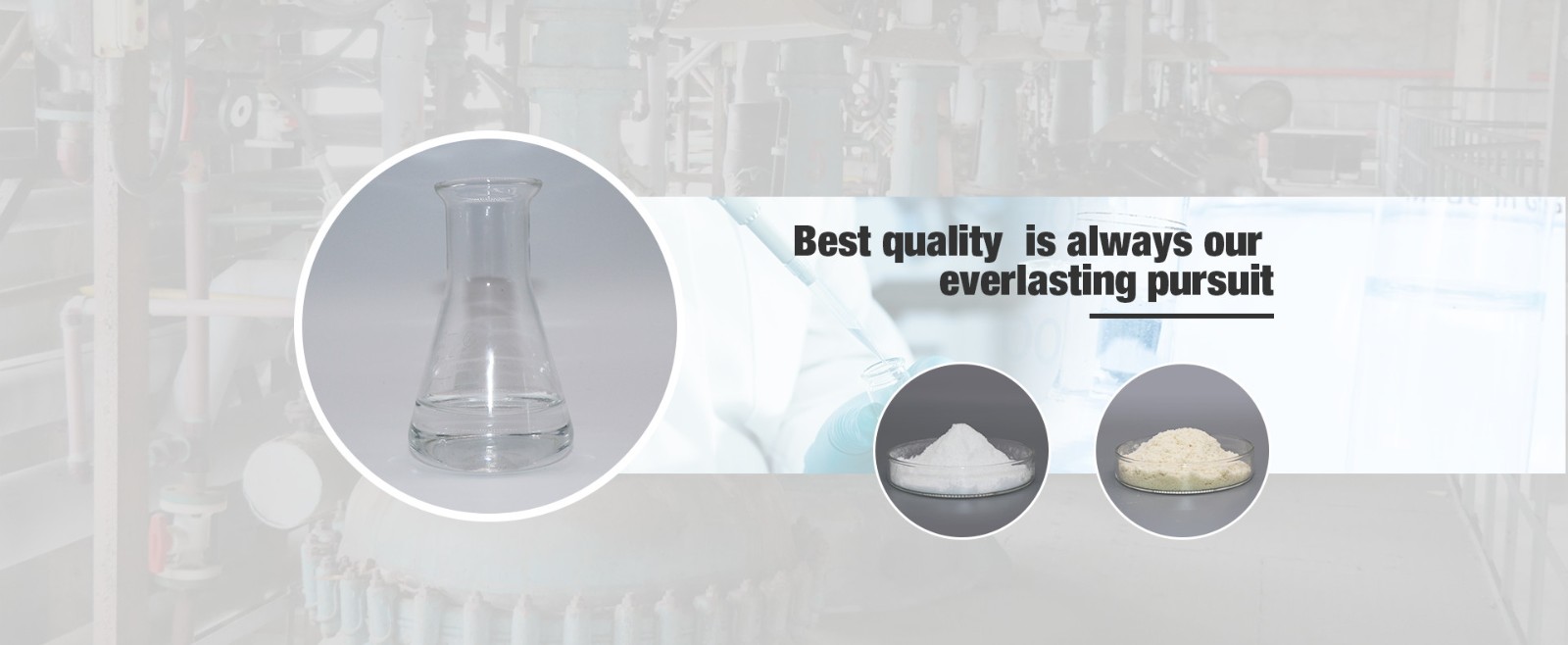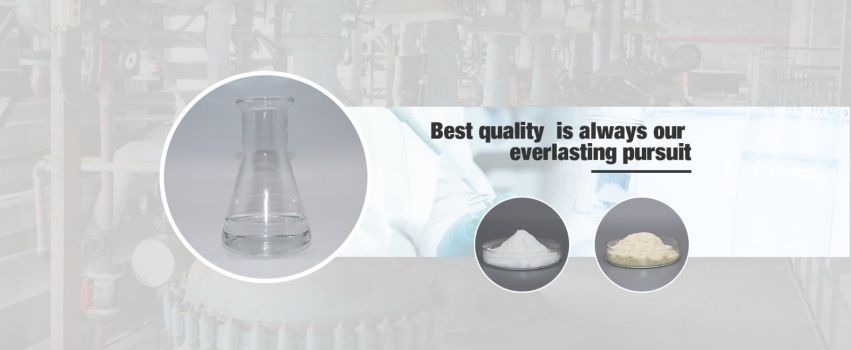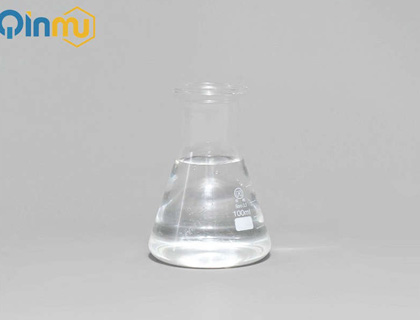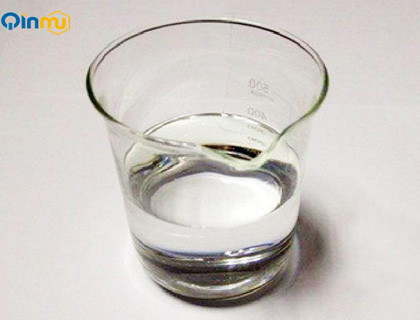What Is the Best Time of Year to Use Herbicides?
Jan. 05, 2023
Herbicides are chemicals that are used to manipulate or control undesirable vegetation. Herbicide applications occur most often in row crop planting, applied before or during planting to maximise crop productivity by reducing other vegetation. They can also be applied to crops in the autumn to improve harvests.
Using herbicide-containing herbicides is not as easy as it may first appear and many people struggle with commercial weed control for this very reason.Unfortunately, with most herbicide-based herbicides, effectiveness can be affected by external factors. This includes weather conditions at certain times of the year, the particular weed you are trying to remove and the life cycle of that weed.
As you try different strategies for using herbicides, you may find yourself asking "what is the best time of year to use herbicides?" . This article is here to help you.
2,3-Dichloro-5-(trifluoromethyl)pyridine CAS No.: 69045-84-7
What is the best time of year to use herbicides?
The best time of year to use herbicides is spring, followed by autumn. Spring is an effective time to catch weeds in the pre-growth stage to prevent them from germinating. Autumn is equally effective as it is the time when weeds are most vulnerable before winter. Herbicides are more effective in the warmer months than the colder months, so the next best season to target weeds is summer, followed by winter.
Why does the time of year affect herbicides?
Spring is the best time of year to use herbicides. This is because you can catch weeds in a pre-growth state before they have a chance to fully germinate. Spring has the advantage of being both warm and wet.
The herbicides in herbicides need to be absorbed from the soil to be activated. This uptake only occurs when the soil is wet with rain. Spring is a typical rainy season, ensuring that the soil is moist enough to absorb the herbicide, which is then absorbed by the plant roots.
2,3-Dichloro-5-(trifluoromethyl)pyridine CAS No.: 69045-84-7
If there is no rain, the herbicide solution will stay on the soil rather than being absorbed by the plants. Autumn is the second best season as the herbicide thrives on sudden changes in the weather. Spraying herbicides in October means that weeds will struggle to survive the winter.
If you are trying to weed, it can be frustrating to have to wait until a specific time of year and perfect weather conditions to make the solution most effective.
Ideally, you need a herbicide that is effective all year round. In addition, your herbicide should require minimal treatment cycles so that you can remove weeds quickly and easily. Glyphosate alternative herbicides are also ideal due to the uncertainty of herbicide damage.
In addition, when taking into account the necessary treatment cycle, you only need 3 treatments per year to control weeds. The alternative herbicide-free weed control methods - hot water, steam and boiling - are repeated 6, 12 and 14 times per year respectively. 2,3-dichloro-5-trifluoromethylpyridine is an intermediate of herbicide fluclofop-p-ethyl and insecticide fludiuron
Especially if your weeds are out of control and you don't know how best to control them, Qinmu offers the perfect solution. Welcome to contact us.
Previous: What Is Quercetin?
-

Qinmu's CPHI China 2025 Exhibition Ends Perfect
Jul. 01, 2025
-

CPHI & PMEC China (Shanghai) 2025 --- we are coming!
Mar. 14, 2025






















